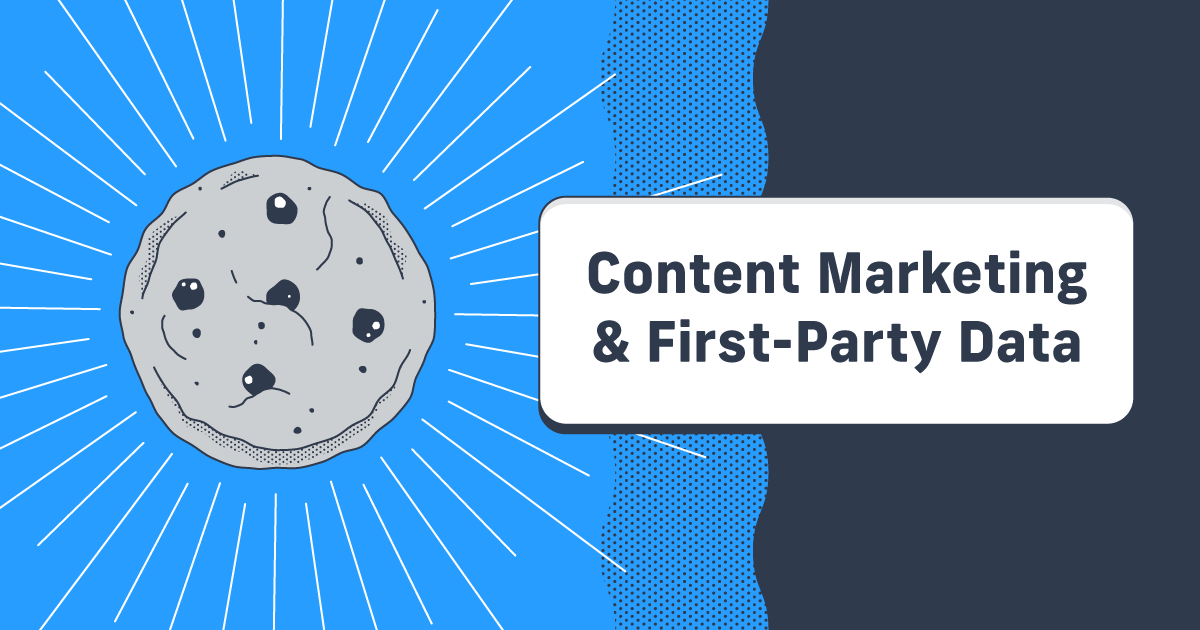How to Market Children’s Books: From Target Reader to Ideal Customer
You’ve written and illustrated your children’s book. That’s awesome! All the work that goes into designing, editing, and publishing is done.
Now, you just need to start selling your children’s books.
Book marketing is a big challenge for independent creators and authors like you. Finding an audience, keeping them interested, and creating content they’re willing to pay for is a lot of work. Marketing a children’s book is even more difficult because you have to appeal to not one but two audiences: the child and the parent. No other author has this specific struggle.
On the upside, you’ll have a very specific, defined audience. You’ll know exactly who the book is for based on what you write about and how you write your children’s books. The challenge is creating for one audience (the kids) and marketing to another (the adults).
This creates unique circumstances you’ll want to remember while planning and executing your marketing strategy.
The Unique Challenge of Children’s Book Marketing
As I mentioned, selling your children’s books comes with the distinct challenge of writing for one audience (the kids) and marketing to another (their parents). Most marketing efforts involve pitching and selling your book to your intended audience.
The first step in any marketing plan—defining and understanding your audience—is doubly challenging. The young readers you want to see your book are not the people buying it. So you need to understand not only the audience who will read your books but also the unique audience who will buy them.
Defining Your Ideal Reader and Buyer
Because your buyer and reader are different people, you must carefully develop personas for both.
Start by thinking about the kind of kids you’ll be writing for. Are you focused on moralistic storytelling or math and scientific explanations? Do you write for kids who are often underrepresented? What’s the age range?
There’s a big difference between beginners, young children, and middle-grade readers.
By defining the age range and style of children’s books you’ll be self-publishing, you’ll have a great start understanding your market.
The second step is to conduct market research to define your ideal customer. This is the parent, friend, or teacher of your ideal reader—the person who will buy your book.
You will need to market your books and your author brand to these buyers. Doing so is a careful mix of promoting yourself as an author—what credentials or qualifications make you uniquely suited to writing children’s books? That angle will be key to building confidence in your readers.
For example, if you create children’s books about the dangers of bullying, a past as a teacher or school administrator will add expertise and help buyers know you know what you’re talking about. That expertise, along with your amazing book and some great content on various marketing channels, will help you connect with buyers who want your book.

Create Your Own Children's Book
Spark imagination by self-publishing a children's book. Use Lulu's free self-publishing or printing services to create a story book, picture book, chapter book, or make any kind of book for kids.
Crafting High-Quality Children’s Books
While planning for different readers and buyers is challenging, the real key is writing, illustrating, and designing a fantastic children’s book. I touched on this earlier, but the first step to selling your books is to craft something people will want to buy.
To do so, you need to keep three things in mind while you’re writing and crafting your children’s book:
- Characters
- Education
- Design

Most children’s books will have one or two primary characters. You’ll need to craft your character to resonate with the kids who will read your book. The education element will sell your audience on your book—they want to see that the child who reads your book will take away a life lesson.
Finally, you have to design and package your children’s book to appeal to those kids while clearly defining who you’re writing for (so buyers know if your book is right for their readers). It can be a lot to balance, but crafting a beautifully designed children’s book with relatable characters and a strong lesson is your most important competitive advantage when marketing your work.
Your Children’s Book Cover Design
Kids’ books are usually visually appealing. But even a picture book still needs a fantastic cover to highlight the story, the main character, and the challenge or lesson the book presents.
Don’t skimp on your cover. It has to be eye-catching, tailored to your target audience, and indicative of the appropriate age group. Parents and teachers shopping for children’s books are likely reviewing a lot of options. Make it clear what they’ll get on your cover so they know when to give your book a closer look.
Online Marketing for Children’s Book Authors
Nowadays, almost all marketing happens online. You’ll need to develop a strong online presence to attract new readers and build your audience.
As a children’s book creator, there are many ways to continue creating content and delighting your fans even between book releases. It all starts with being present on platforms and online locations your ideal buyers frequent. Then, as you build those connections, you can carve out your own space online with an author website and email marketing list.
Social Media
Earlier this year, in partnership with The Tilt, we conducted research into the creator economy to understand how creators turn their work into a profitable business. We discovered that most creators rely on four or fewer channels to market their books.
An author’s website and email are essential channels; you should look for one or two social media channels to round out your audience-building efforts.
Spend time on various platforms to find the right audience for your books. Look for family-friendly groups on Facebook or popular parenting hashtags on Instagram or TikTok. Pinterest is also a good option for parenting and educational content.
Once you find your target audience, start engaging in conversations and sharing your own content to build their interest and develop a following.

Author Website
You build a following on your social networks, but you’ll turn those followers into fans on your website.
A well-designed author website gives you a hub to sell your books, share other content—like blog posts, videos, or podcasts—and ask visitors to join your mailing list to get your emails.
Your website is not just a storefront. To keep your audience’s attention, you need to offer more than just your books. Make your site a home for blogs about parenting, teaching, or any topic you have expertise on. Videos and podcasts are great, too.
Use what you learned in building an audience on social media to inform the content you offer and the medium you use to deliver it. If your fans like videos, make videos. Essays? Write blog posts.
House everything on your author website and make it easy for your fans to buy your print book from any of these pages. This will enable your fans to support you directly while enjoying all the content you offer.
Email Marketing
The most interested and dedicated fans join your mailing list. You can speak directly to them, sharing teasers for your next book, exclusive discounts, new blogs, or any new content you’ve created.
Your email list is invaluable because it is a personal, direct audience who have expressed interest in hearing from you. Offer them your best discounts and your freshest content.
Once you find a regular cadence and the content your fans like, you’ll see them engaging with your emails and excitedly looking forward to the next blog, video, or children’s book.
The Importance of Reviews and Word of Mouth
People telling other people about your books is the best way to reach new potential readers. I almost only buy books based on recommendations.
Word-of-mouth marketing is great for all kinds of creators and authors, but for your children’s books, it’s particularly important.
Parents talk to each other. Every parent who enjoys your books has the potential to spread the word. That’s the easiest, most cost-effective form of marketing. So, do whatever you can to encourage sharing.
Asking for reviews is a good place to start. The testimonials you can get from reviews will be perfect for your emails and social posts. Plus, it allows you to let your work speak for itself.
That goes perfectly with leaning into your buyers being your biggest advertisers. Make it easier for them to share your books with a referral program or offer. Even a small discount on their next order might be necessary to get them talking about your books.

Your Free Lulu Account
Create a Lulu Account today to print and publish your book for readers all around the world
Your Children’s Book Marketing Plan
Marketing and selling your children’s books is a unique challenge. You’ll lean heavily on your existing customers to refer you to their friends and colleagues. If your book is educational, offering discounts on classroom-sized quantities is a great way to show you understand your audience.
With your target market firmly defined, build your marketing plan around those buyers. Meanwhile, keep your readers in mind and the three guidelines for children’s authors: Characters, Education, and Design.
With a thoughtfully crafted book and a targeted marketing campaign, you’ll be well on your way to building a successful business around your content.





